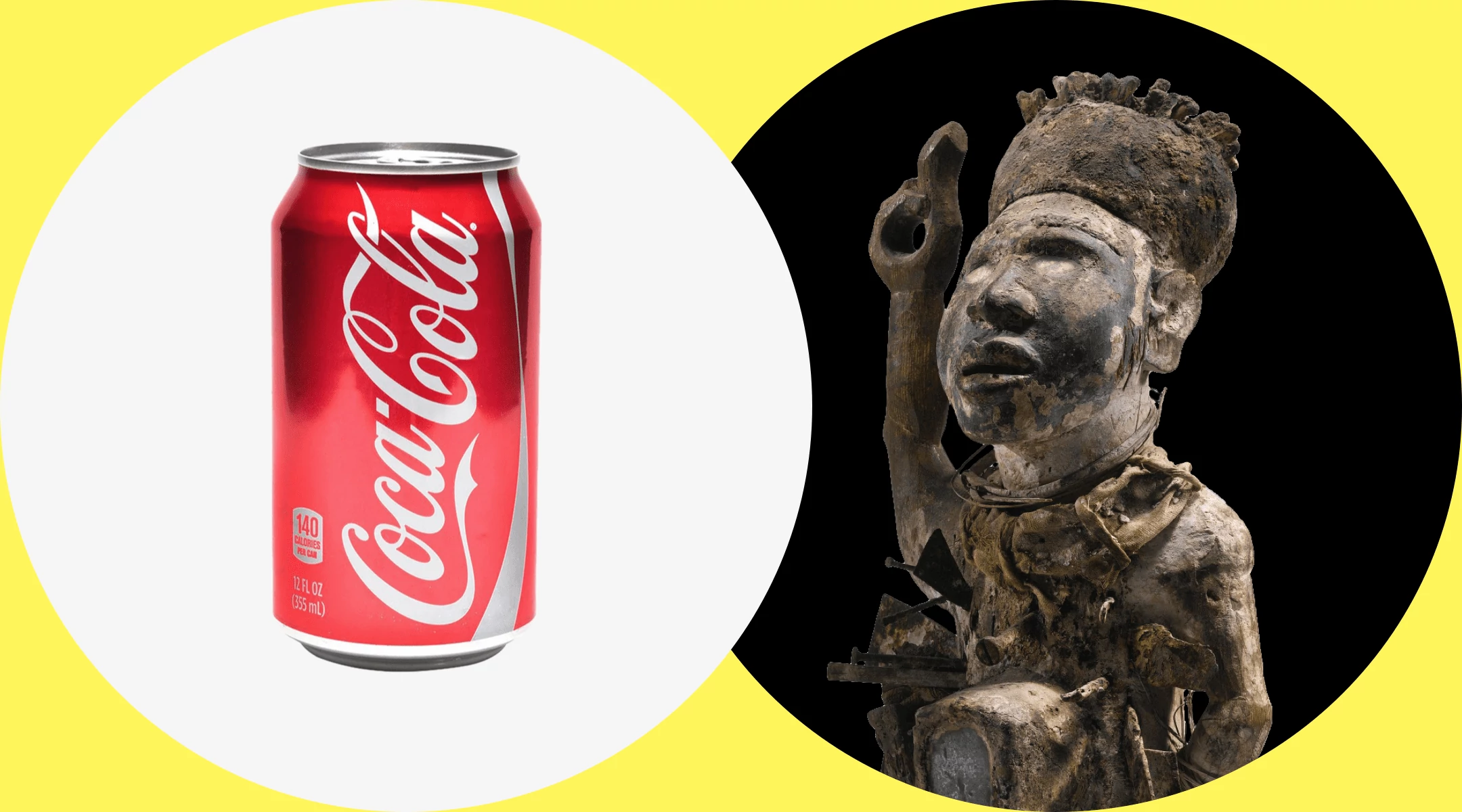Categorizing Art
Can we make sense of it all?


We've already discussed the philosophical wars waged around the definitions of art, but here is another sticky problem: how do we categorize different types of art? Once again, there are many solutions to this slippery problem, so let’s jump in. One of the broadest and simplest taxonomies breaks artwork into three categories:
This is a useful place to start, with huge swaths of art history neatly bucketed. But there are outliers aplenty. Let’s take a look at a few questions about what is or isn't art, and where these outliers might live.
Some art forms combine elements from multiple categories. Film, for instance, includes set and costume design, performance, and cinematography. A graphic novel is both literature and visual art. These category-busters are often placed into a fourth category: Multidisciplinary Art. Because they blur the lines between traditional art categories, multidisciplinary arts have often struggled to gain acceptance in the art world. Comics & graphic novels were largely dismissed as pop culture detritus until Art Spiegelman used the format to illustrate his father’s experiences of the Holocaust in Maus. Video games also struggled for recognition, only gaining ‘art status’ within the last dozen years, first in 2006 in France, when the Minister of Culture officially named video games “a form of artistic expression,” and informally in the United States, when the National Endowment for the Arts began accepting proposals for ‘interactive games’ in in 2011. As far as we're concerned, art’s categories should be a tool for understanding art, not for excluding it.
Designers love to argue whether the practice of graphic design, i.e. creating advertisements, packaging, online experiences, etc, is art. There’s no absolute answer, but let’s consider one definition of an artwork: “a human-made, culturally resonant artifact.” By this measure, graphic-design can certainly be art! On the condition that it resonates with the culture of its day rather than pollutes it. Does the graphic object make commentary on its society? Does it evoke emotion from a viewer? Does it encapsulate the values of its era? Of course, design also has a job to do. It has to facilitate a transaction or stimulate brand loyalty. So bad design could be good art, and good design could be bad art, but if you're willing to accept a definition of art based on cultural resonance, many artifacts of design can be considered part of the visual arts, and described more specifically as Graphic Arts, or Commercial Arts, which is neatly self-explanatory.
The aesthetic philosopher George Dickie claimed that an object becomes an artifact when it’s claimed by a human. So driftwood on the beach is a natural object, but driftwood mounted above the family fireplace is an artifact. In a counter argument, Daniel Devereux, professor of Ancient Philosophy, claims that an object becomes an artifact when a human makes a meaningful change to its natural state, say, carving their name in the driftwood. Both positions hold merit, but when does an artifact become an artwork?
This question is particularly meaningful for ancient objects, or objects created by non-western cultures who have perseverated less about the nature of art vs craft vs nature. For example, is a simple, unadorned clay vessel created by a stone age culture an artwork, or is it a functional element of their society? What about one of the beautiful, geometrically patterned Lapita clay vessels? In our view, both may be artwork, or not. To decide, we have to look again at that illusive attribute of artwork: cultural resonance. Does the artifact capture some important aspect of the culture it came from? A simple clay pot might be art if it represents an intentional minimalism that was valued by its creators. In the same way, a Nkisi was a type of religious object in the Kingdom of Kongo. Their creators were skillful craftsmen, but we don't know Nkisi were considered ‘artwork.’ However, when we view Nkisi as a way to understand and appreciate the culture of the Kongo, we're looking at them as both an artifact and as art, and great art at that. The definition of art changes through history, and in time artifacts may become artwork.
Imagine a few millennia from today, when there’s only a single Coke can left on planet earth. Will that be art?
You bet it will.